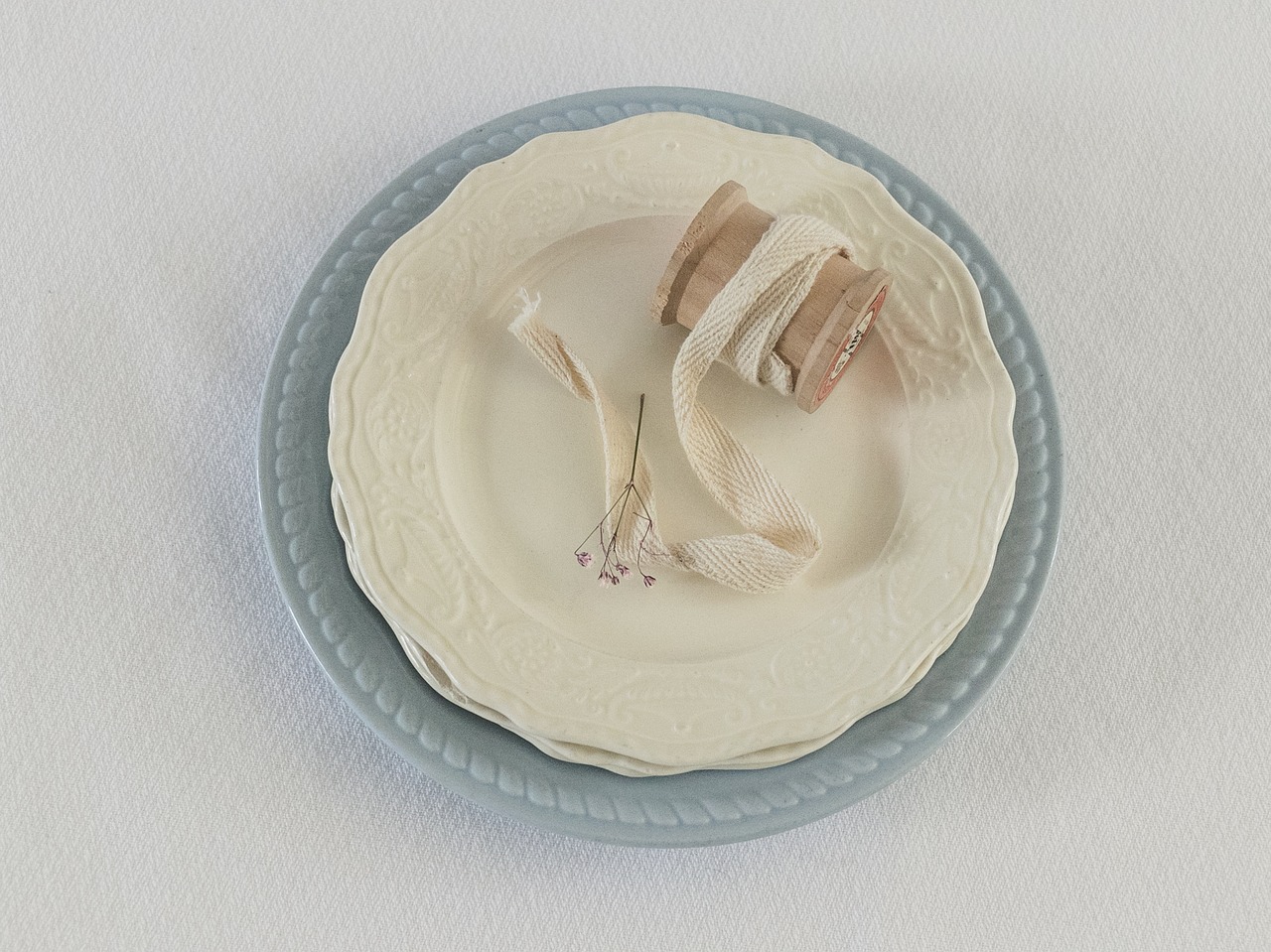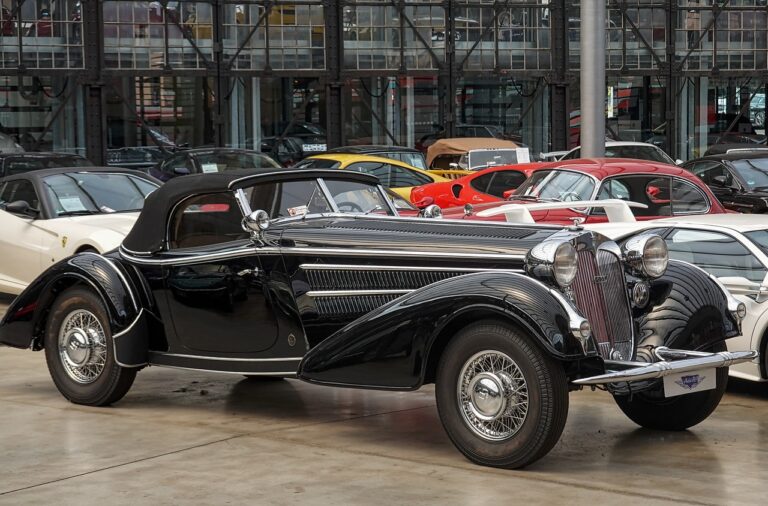The Art of Wine Label Design: Creating Visual Stories for Bottles: Bet book 247 sign up, Radhe exchange app download, Bethub777
bet book 247 sign up, radhe exchange app download, bethub777: Have you ever been drawn to a bottle of wine simply because of its label? Many of us have experienced this phenomenon, where a beautifully designed wine label can capture our attention and spark our interest in trying a new wine. The art of wine label design is a crucial element in marketing and selling wine, as it can convey the story, personality, and quality of the wine within.
Creating a visually appealing wine label is a delicate art form that requires a deep understanding of branding, storytelling, and design principles. A well-designed label can not only attract potential customers but also communicate the essence of the wine and the vineyard it comes from.
Here are some key elements to consider when designing a wine label:
1. Reflect the brand: The wine label should reflect the brand identity of the winery or vineyard. Whether it’s a sleek and modern design or a more traditional and rustic look, the label should convey the personality and values of the brand.
2. Tell a story: A great wine label tells a story. It can be the story of the winemaker, the history of the vineyard, or the unique characteristics of the wine itself. By weaving a narrative into the label design, you can create a connection with the consumer.
3. Choose the right typography: The typography on a wine label is crucial for conveying information and setting the tone of the design. Choose fonts that are legible, appropriate for the brand, and complement the overall aesthetic of the label.
4. Incorporate imagery: Images and illustrations can enhance a wine label and bring it to life. Whether it’s a beautiful vineyard landscape, a detailed sketch of the winemaker, or a whimsical design that reflects the wine’s tasting notes, imagery can add depth and interest to the label.
5. Consider color and texture: The color palette and texture of a wine label can evoke specific emotions and set the mood for the wine inside the bottle. Rich, deep colors may convey a sense of luxury and sophistication, while earthy tones can evoke a more rustic and natural feel.
6. Keep it simple: While it’s important to create a visually engaging label, it’s equally important to avoid clutter and confusion. Keep the design clean and concise, with essential information such as the wine varietal, vintage, and winery name easily readable.
In conclusion, the art of wine label design is a complex and nuanced process that requires a thoughtful blend of visual storytelling, branding, and design principles. A well-designed wine label can capture the essence of a wine and create a lasting impression on consumers.
FAQs:
Q: Can I design my own wine label?
A: While it’s possible to design your own wine label, we recommend working with a professional designer who has experience in creating wine labels. They can help bring your vision to life and ensure that the label meets industry standards and regulations.
Q: How important is the wine label in selling the wine?
A: The wine label plays a crucial role in attracting consumers and setting the tone for their experience with the wine. A well-designed label can make a significant impact on sales and help differentiate the wine in a crowded market.
Q: Are there any restrictions or guidelines for wine label design?
A: Yes, there are specific regulations and guidelines that govern wine label design, including requirements for alcohol content, health warnings, and origin labeling. It’s essential to ensure that your label complies with these regulations to avoid any legal issues.







